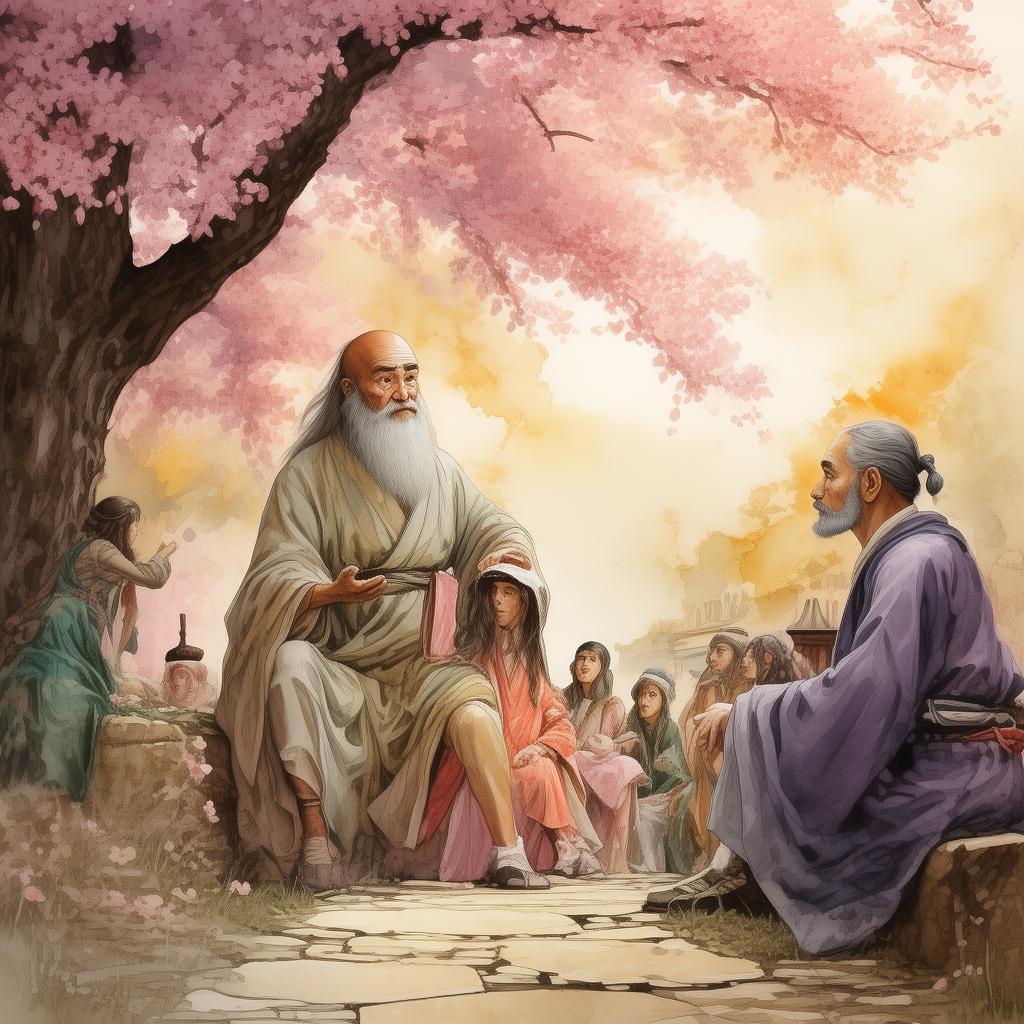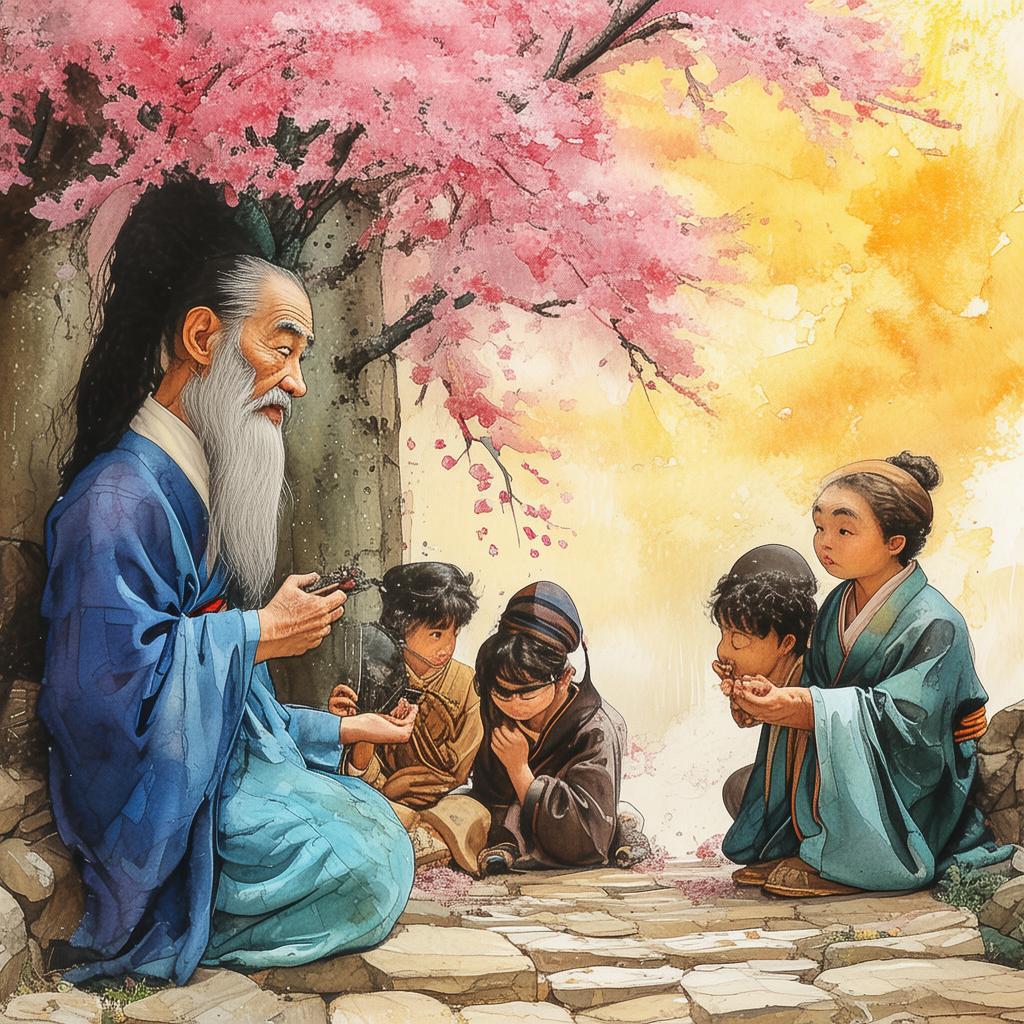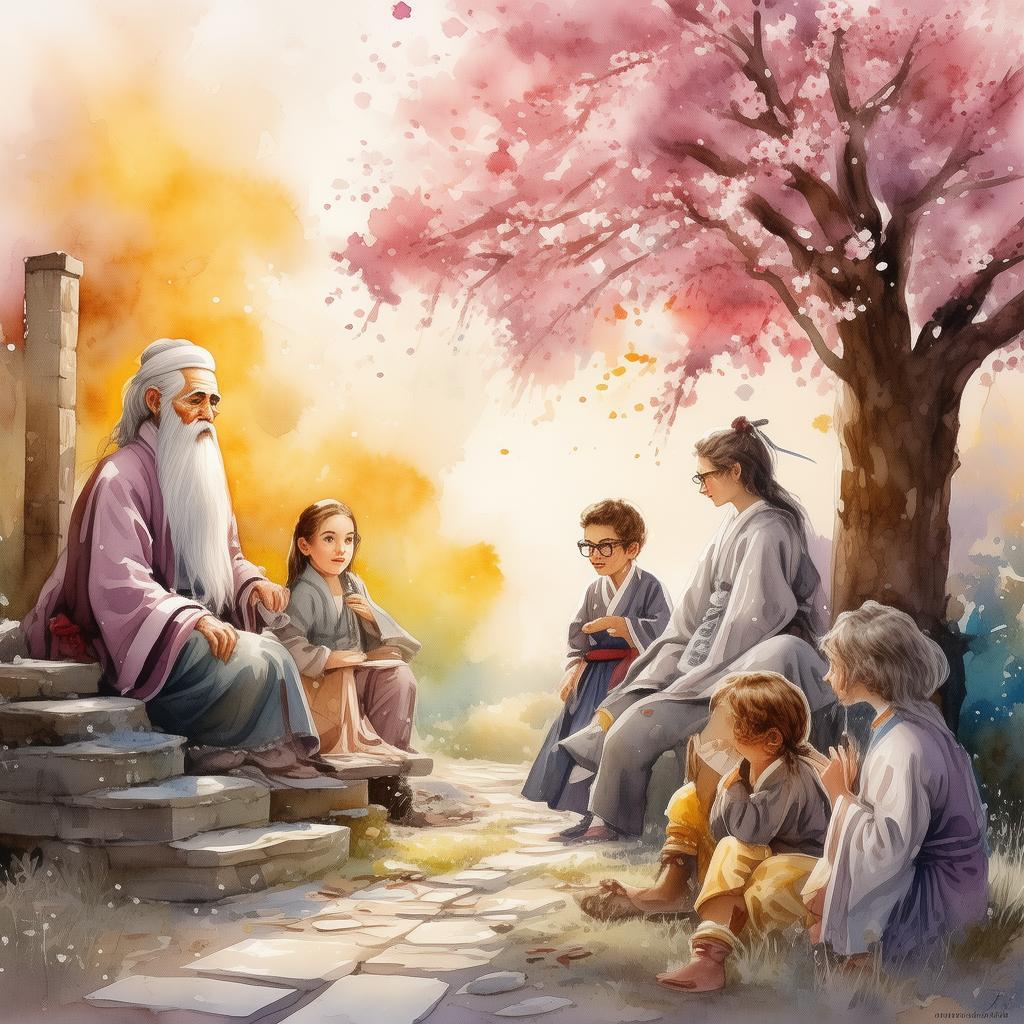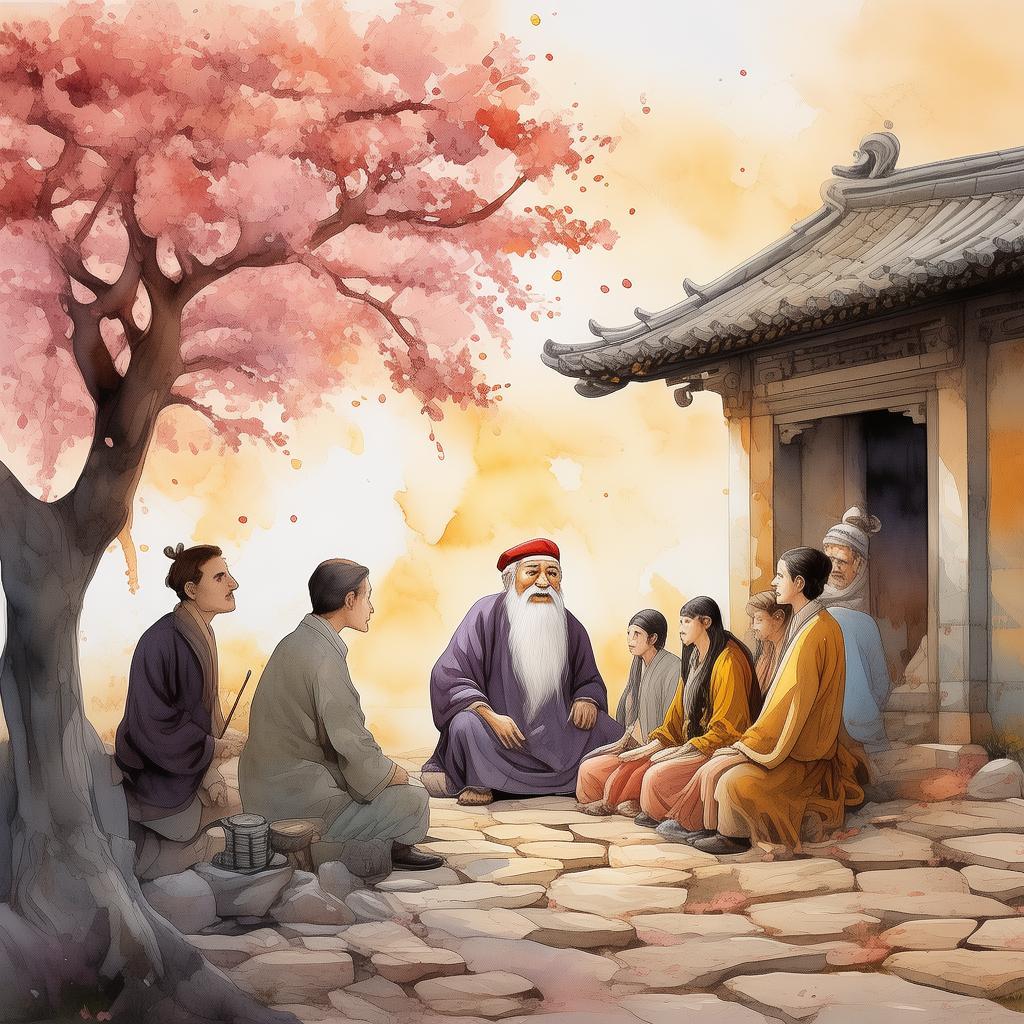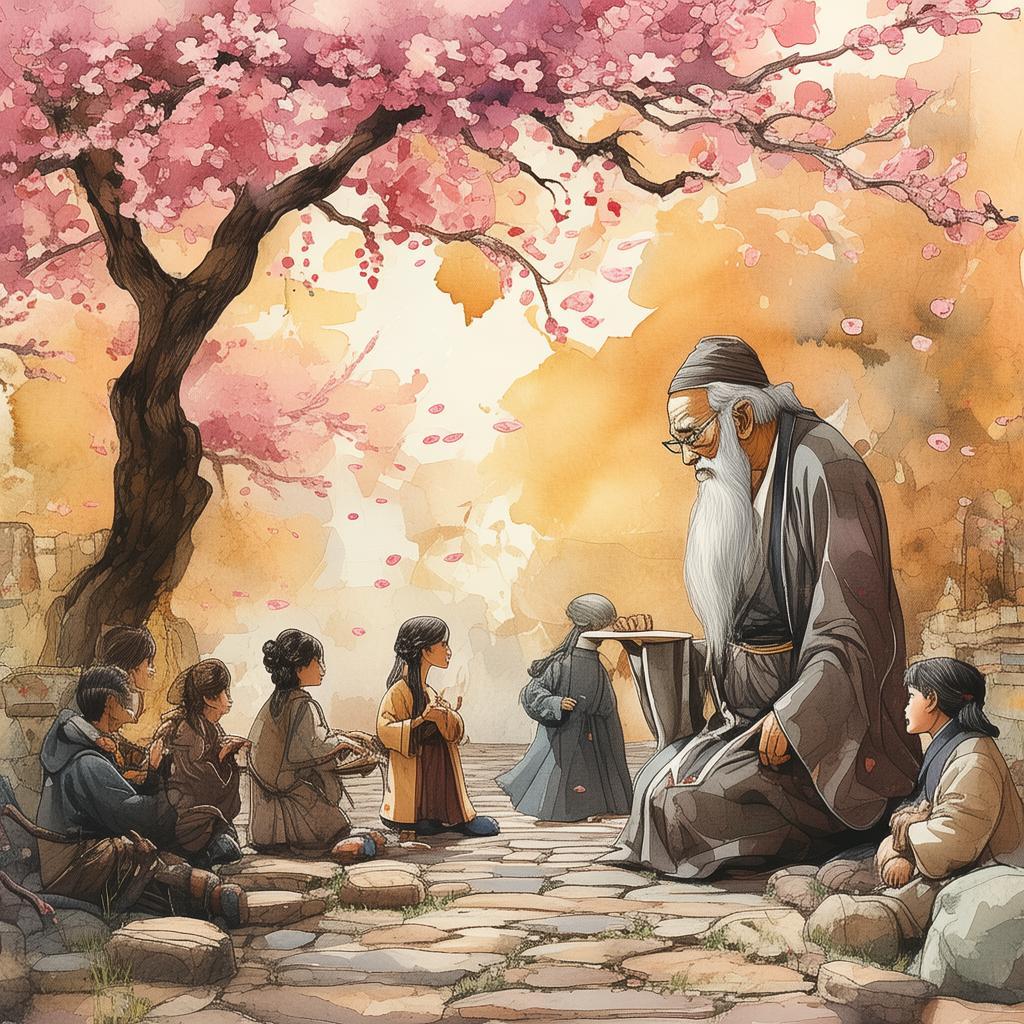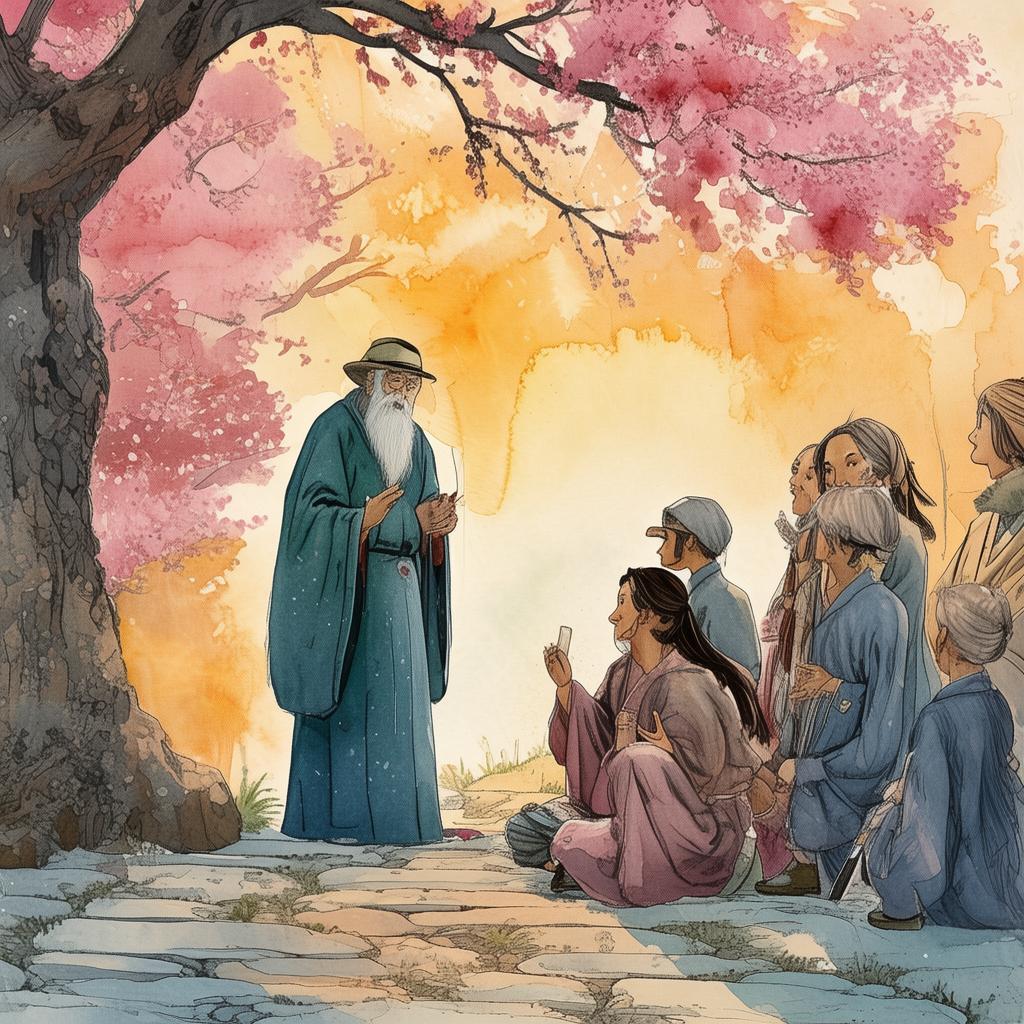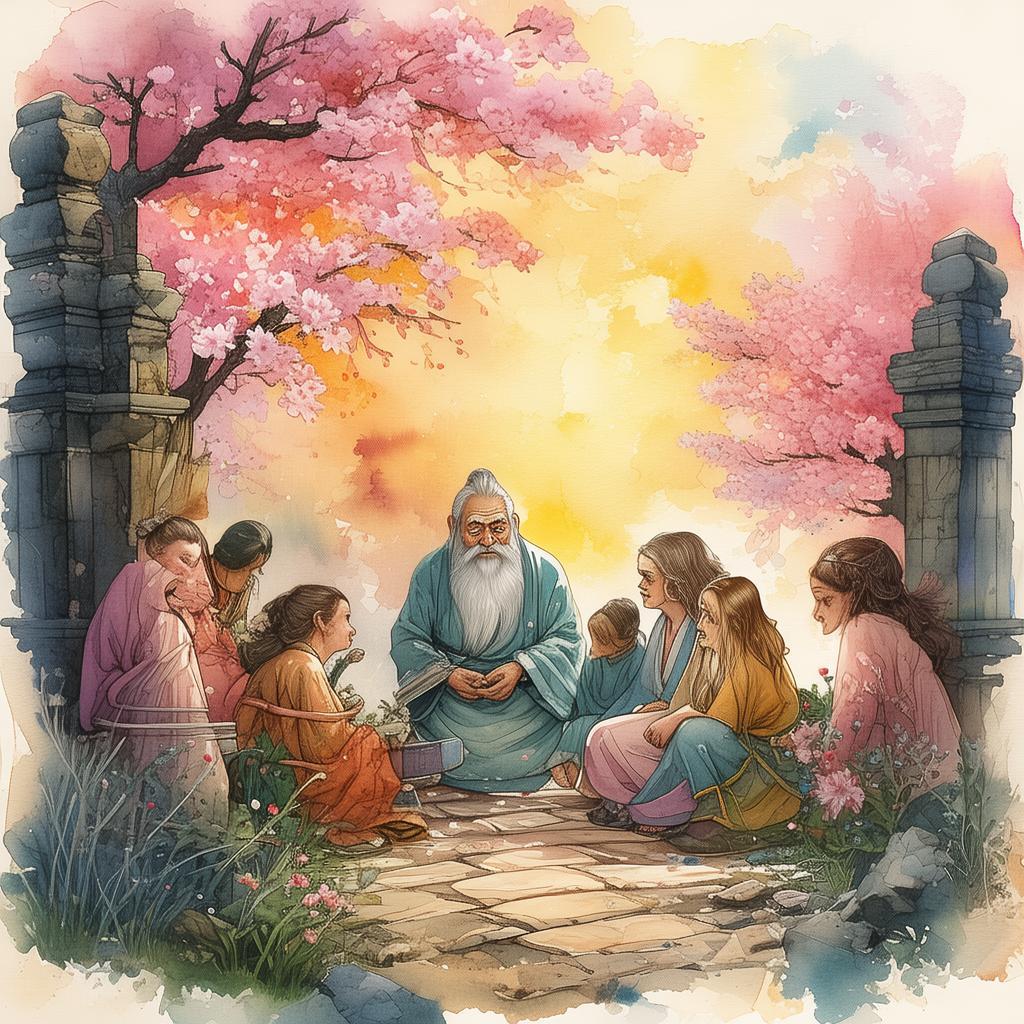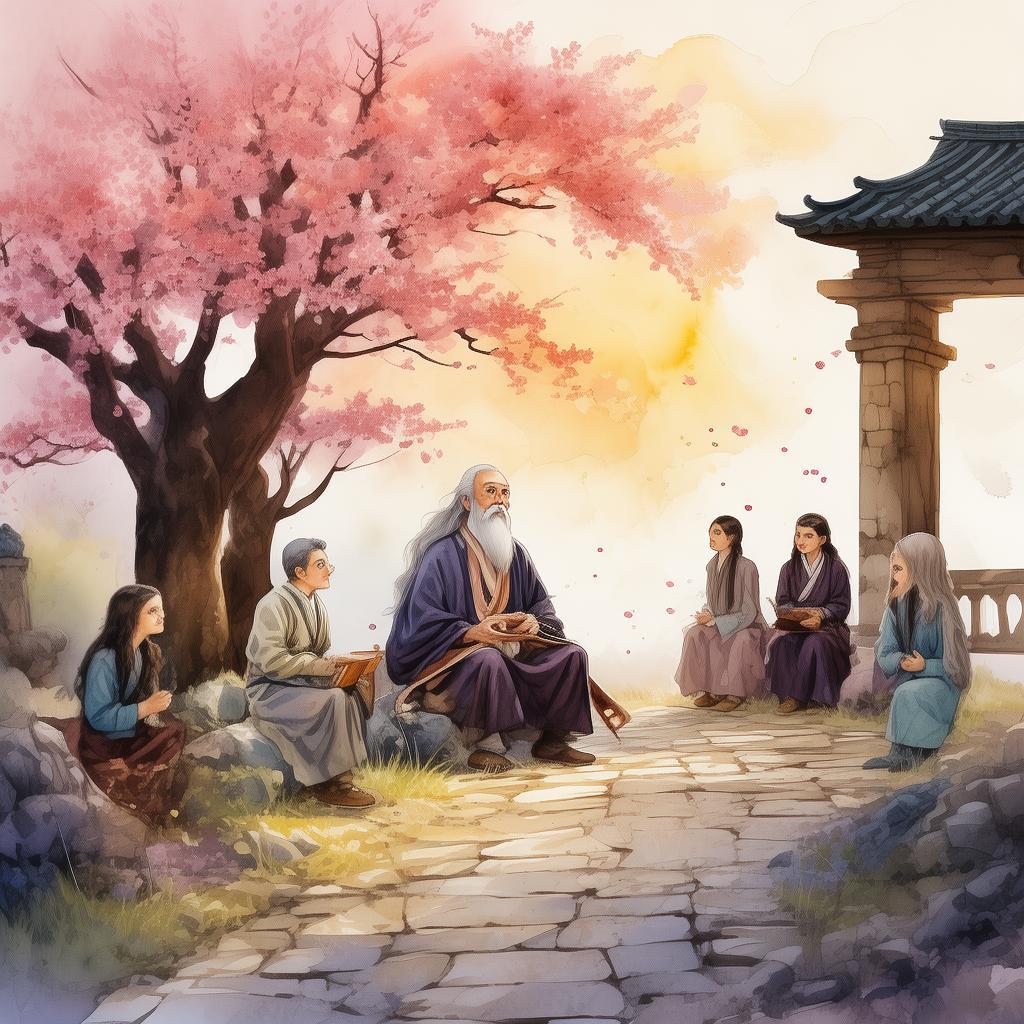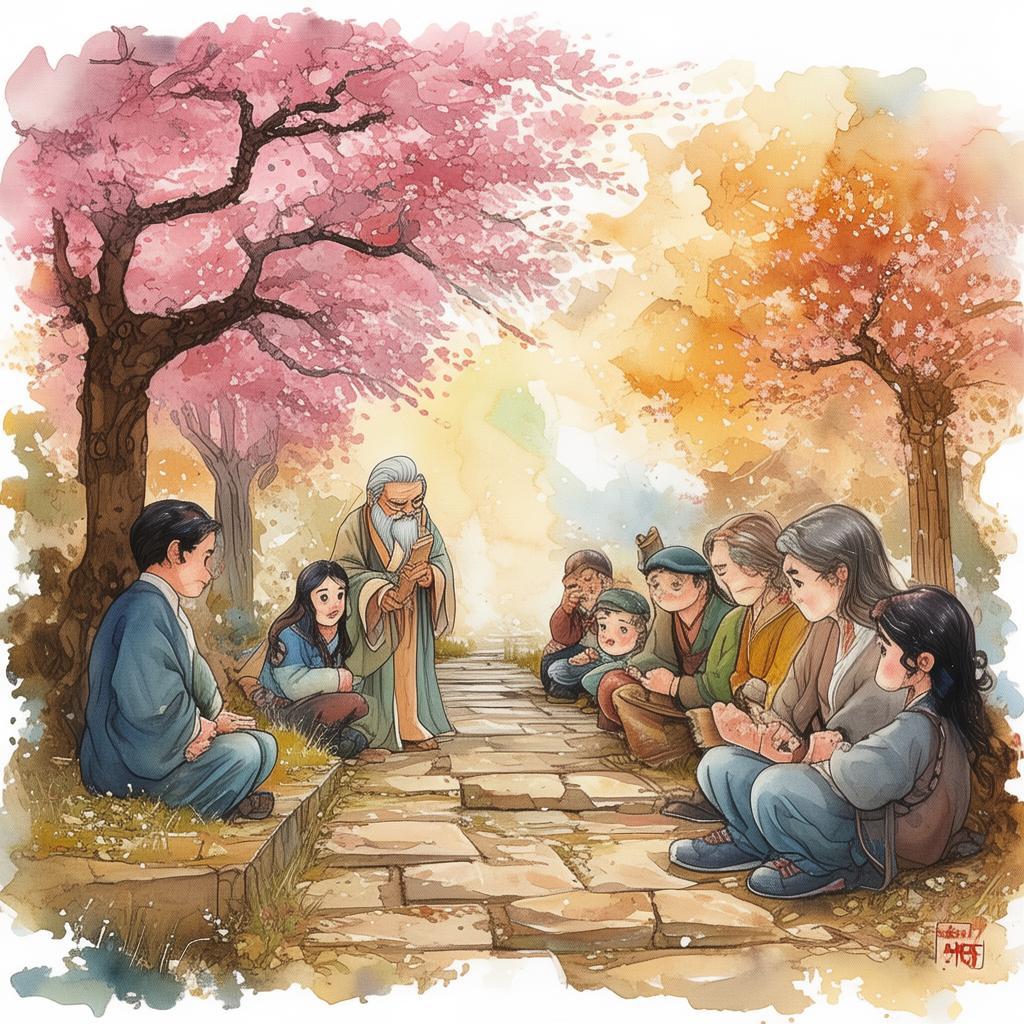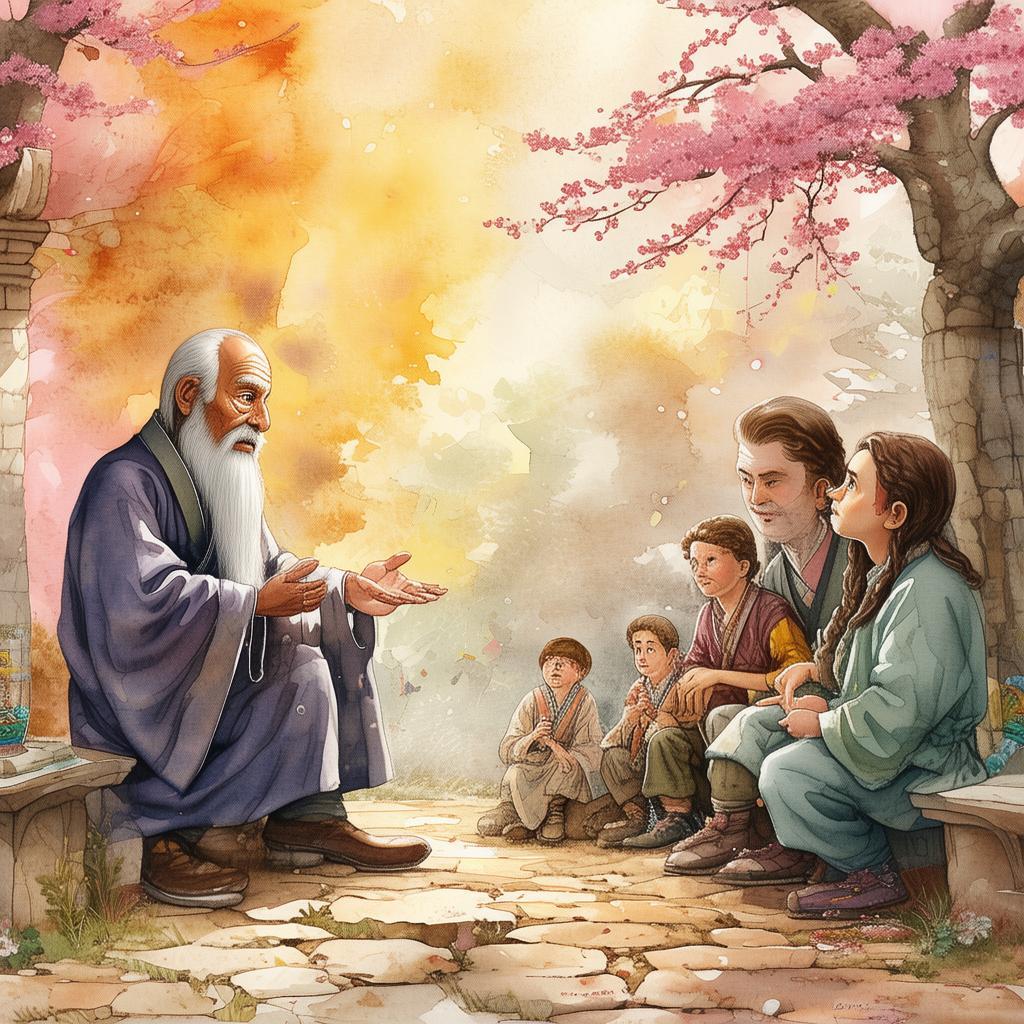The Lion's Tale: The Art of Survival
In the heart of the Ming Dynasty, where the brushstroke was a weapon and the canvas a battlefield, there lived a young artist named Ling. Born into a family of renowned painters, Ling's talent was evident from a young age. However, it was not the elegance of his strokes or the depth of his color that would define him, but the courage to challenge the very foundations of his time.
The story begins with a lavish banquet, where the nobility of the court gathered to admire the latest works of the royal painters. Among them was Ling, whose painting of a majestic lion had won the favor of the Emperor. Yet, beneath the surface of this admiration lay a storm of political intrigue and artistic rivalry.
As the story unfolds, we are introduced to a character whose name is as enigmatic as his art—Ming, a master of the sword and the brush. Ming is a man who has seen the darkest corners of power and knows the price of survival. He becomes Ling's mentor, teaching him not only the art of painting but also the art of survival in a world where the line between friend and foe is blurred.
One evening, as they were practicing their art in the privacy of Ming's quarters, a sudden interruption came in the form of a message from the Emperor. The Emperor had summoned Ming, and with him, Ling was to accompany. The reason for this was the upcoming Dynasty Exhibition, where the best works of the court's artists would be showcased.
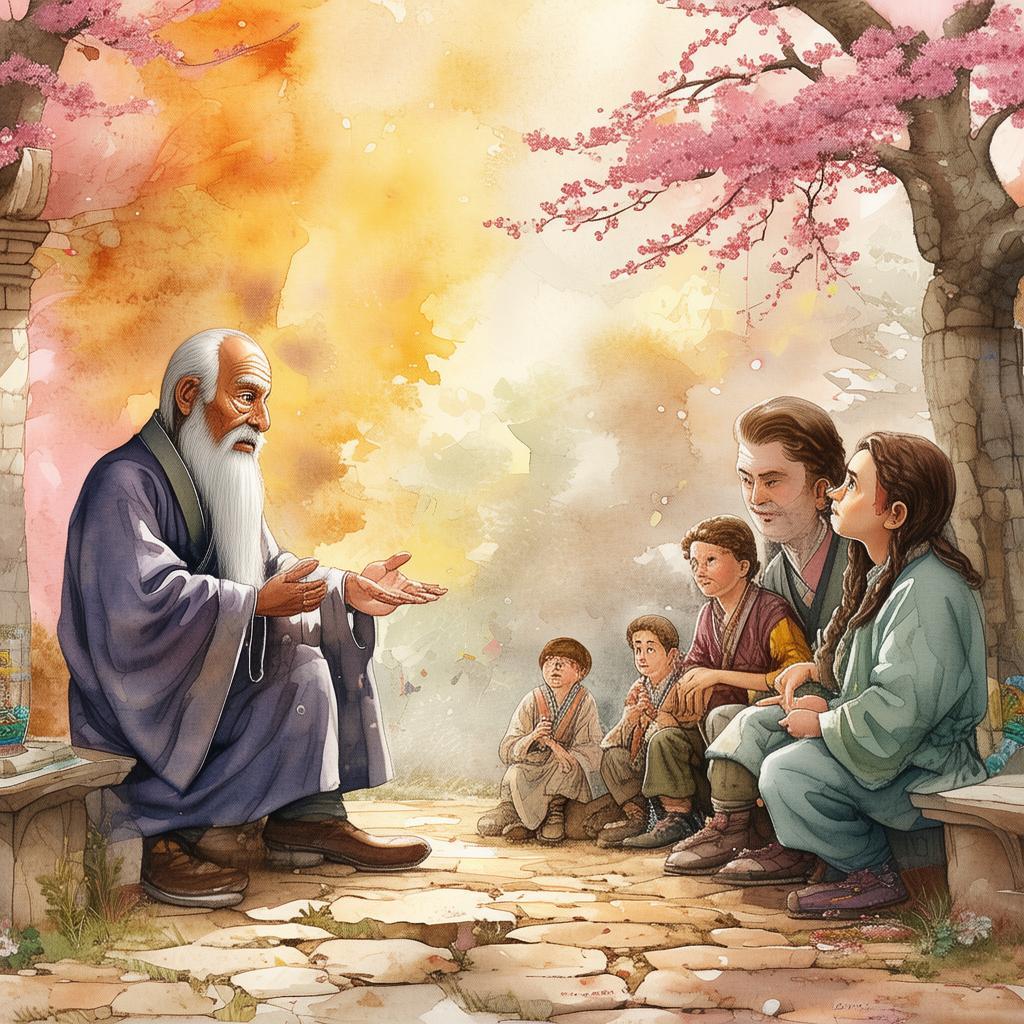
The Dynasty Exhibition was a showcase of the empire's might, and the Emperor had a special request for Ming and Ling. He desired a painting that would not only reflect the grandeur of the Dynasty but also serve as a testament to its strength and resilience. Ming, sensing the gravity of the request, knew that this was no ordinary commission.
As they began to work on the painting, the air was thick with tension. Ming imparted his wisdom to Ling, teaching him the importance of subtlety and the power of suggestion in art. The painting, which would come to be known as "The Lion's Tale," was to depict a lion, a symbol of power and strength, but with a twist. The lion would be portrayed as if it were struggling against invisible chains, a metaphor for the Dynasty's own struggles against internal corruption and external threats.
While Ming and Ling toiled over the painting, the court was abuzz with rumors of a coup. The Emperor's advisors were divided, some seeing the painting as a sign of weakness, while others believed it a bold statement of the Dynasty's resilience. Ming and Ling, however, remained focused on their task, knowing that the painting held the key to their survival.
The day of the Exhibition arrived, and the court was filled with anticipation. The painting, "The Lion's Tale," was unveiled to a gasp of admiration. The lion's struggle against the invisible chains was a stunning piece of art, and it seemed to resonate with the spirit of the Dynasty. The Emperor was pleased, and the courtiers were in awe.
Yet, as the night wore on, the calm was shattered by a sudden explosion. The court was under siege, and Ming and Ling found themselves in the midst of chaos. The attackers were not the rebels they had expected but a group of art thieves, who had seen the value in "The Lion's Tale" not as a symbol of the Dynasty, but as a piece of priceless art.
In the midst of the chaos, Ming and Ling were separated. Ming, with his martial arts skills, managed to fight off the thieves and find his way back to Ling. Together, they managed to escape the clutches of the thieves, only to realize that their lives were now in the hands of the very Dynasty they sought to serve.
The final act of the story sees Ming and Ling returning to the court, where they are confronted by the Emperor. The Emperor, who had been in on the plan all along, revealed that the Dynasty was under threat from within, and that Ming and Ling's survival was crucial to the Dynasty's future.
The painting, "The Lion's Tale," became a symbol of the Dynasty's resilience and a testament to the strength of the human spirit. Ming and Ling were hailed as heroes, and their friendship, forged in the fires of adversity, became a legend in its own right.
In the end, "The Lion's Tale" was not just a painting, but a story of survival, of the enduring power of art, and of the unbreakable bond between two men who had learned that in a world where survival was the ultimate art form, the only thing that truly mattered was the courage to keep on painting.
✨ Original Statement ✨
All articles published on this website (including but not limited to text, images, videos, and other content) are original or authorized for reposting and are protected by relevant laws. Without the explicit written permission of this website, no individual or organization may copy, modify, repost, or use the content for commercial purposes.
If you need to quote or cooperate, please contact this site for authorization. We reserve the right to pursue legal responsibility for any unauthorized use.
Hereby declared.
